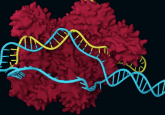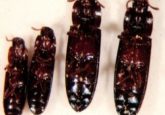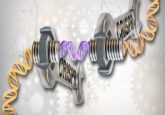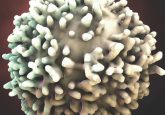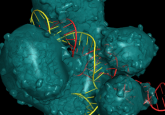Producing offspring of same-sex parents
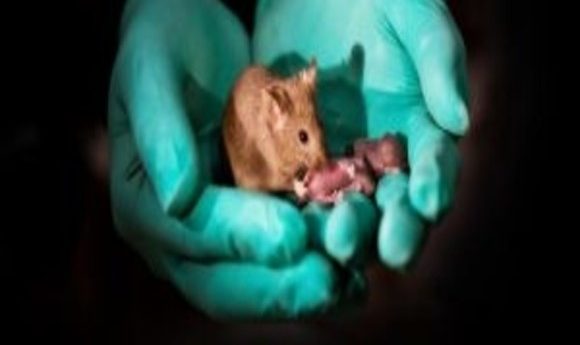
Healthy mice have been born with two biological parents of the same sex using stem cells and gene editing.
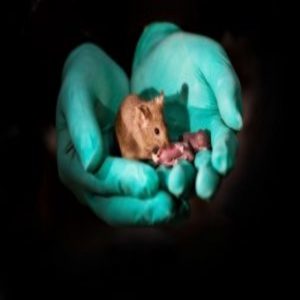
The female adult mouse shown was born to two mothers. The pups are her healthy offspring. Credit: Leyun Wang.
A team of researchers from the Chinese Academy of Sciences (Beijing, China) has produced healthy mice with two mothers that went on to produce their own offspring. Mice with two fathers were also produced but only survived for a few days. They believe that same-sex parents may be able to biologically produce healthy offspring through the use of stem cells and gene editing.
“We were interested in the question of why mammals can undergo sexual reproduction. We have made several findings in the past by combining reproduction and regeneration, so we tried to find out whether more normal mice with two female parents, or even mice with two male parents, could be produced using haploid embryonic stem cells with gene deletions,” explained co-senior author Qi Zhou.
Offspring from one parent of the same sex can be produced in some reptiles, amphibians and fish. However, it is extremely challenging to do the same with mammals due to genomic imprinting, which means that during germline development, certain maternal or paternal genes might be turned off.
Therefore, if offspring don’t receive genetic material from both opposite-sex parents, they may have developmental abnormalities. Previously, it has been possible for researchers to delete the imprinted genes from fertilized eggs and produce bimaternal offspring. However, these offspring are not without abnormalities and the method itself is complicated.
To overcome this, the team made use of haploid embryonic stem cells (ESCs), containing half the normal number of chromosomes and DNA from one parent. They then deleted three imprinting regions from haploid ESCs of a female and injected these into eggs of another female mouse. Of 210 embryos, 29 live mice were produced, which were healthy and produced their own offspring.
Haploid ESCs of a male were then edited to delete seven imprinting regions. Along with the sperm of another male, these were injected into an egg that had its nucleus removed. The embryos were implanted into surrogate mothers, of which 12 survived until 48 hours after birth.
The researchers now plan to improve this process so that the bipaternal offspring live to full adulthood. They also hope to employ these techniques in other mammals in the future.
“This research shows us what’s possible,” co-senior author Wei Li concluded. “We saw that the defects in bimaternal mice can be eliminated and that bipaternal reproduction barriers in mammals can also be crossed through imprinting modification. We also revealed some of the most important imprinted regions that hinder the development of mice with same sex parents, which are also interesting for studying genomic imprinting and animal cloning.”
